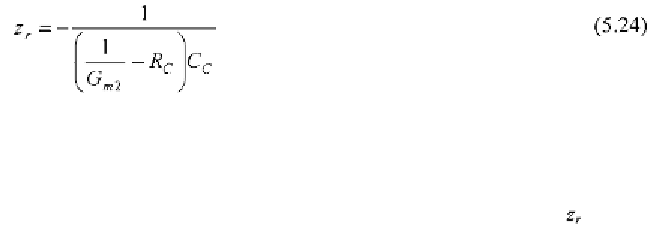Environmental Engineering Reference
In-Depth Information
and is moved to infinite frequency by setting equal to Thus, the
RHP zero originally ignored in the process of arriving at the pole-splitting
results has effectively been eliminated.
If is greater than a left-hand zero is created because becomes
positive. Ideally, this zero can be exploited to offset or even cancel the
effects of the second compensated pole, thereby leading to an open-loop
amplifier with an increased gain-bandwidth product as first proposed in
[BAR80].
By imposing the condition
a new second pole arises which is given by as can be found by
directly analysing the equivalent circuit. This pole does not depend on the
load capacitance. However, this optimised approach has a quite worse
than the other optimised compensation strategies for equal power
consumption and area of the amplifier including the compensation network
(i.e., global transconductance in the amplifier) as demonstrated in [PP95]
and [PP97].
5.3.2 Voltage Buffer
Figure 5.4 shows the compensation branch with a voltage buffer. It
eliminates feedforward through the compensation capacitance











